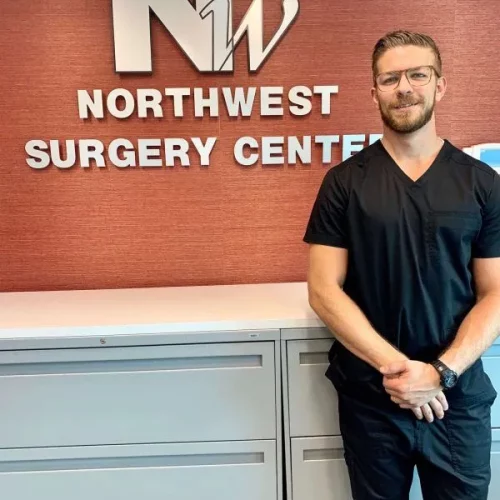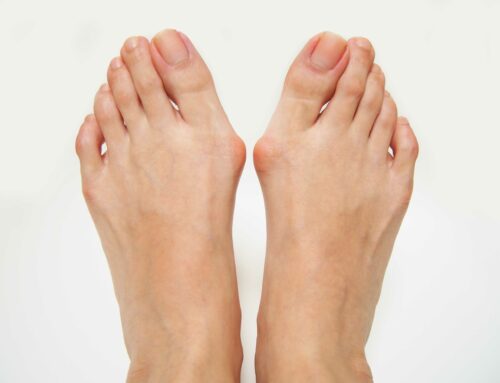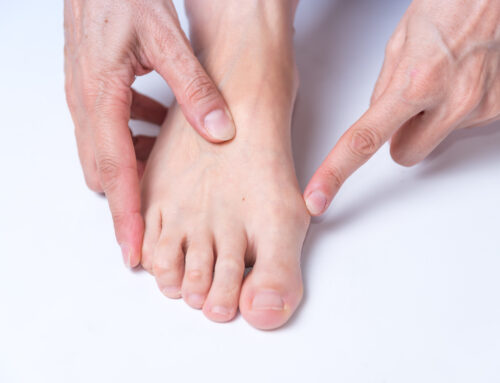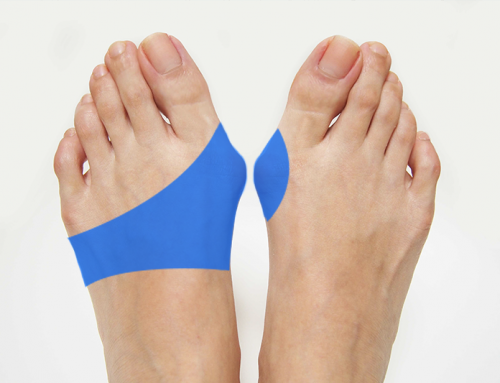A bunion, or a bony bump that forms on the joint at the base of the big toe, occurs when the alignment of one’s foot changes, causing the big toe to curve inward due to an imbalance of pressure. If you are suffering from bunions, you might find yourself asking many questions; such as “what causes bunions?” and “when can I walk after bunion surgery?” While the answers to these questions can vary, here is what we know.
Bunions are fairly common, with about 1 in 3 adults expected to experience bunion pain at some point in their lives. Typically, bunions are caused by:
Improper Footwear
Tight, narrow, or otherwise ill-fitting or uncomfortable shoes are the leading cause of bunions. From high heels that place an imbalance amount of pressure on the foot to shoes that are too small or otherwise too tight and narrow that can leave your toes feeling cramped, improper footwear can lead to bunions and other medical complications especially when worn frequently over time.
Underlying Joint Conditions
Medical conditions such as Rheumatoid Arthritis that cause bone and joint pain can lead to bunions because Rheumatoid Arthritis can cause one’s body to attack the lining of the big toe joint, causing ligamentous and joint instability. The symptoms of Rheumatoid Arthritis and bunions are very similar, so it can be difficult to diagnose a bunion in these patients without a proper doctor’s visit. If you suffer from Rheumatoid Arthritis or similar bone and joint conditions, you are at a higher risk for bunions in comparison to those without pre-existing conditions.
Genetics
While many studies show that bunions themselves are not hereditary, one of the most common causes of bunions is the natural shape of one’s foot, which is caused by genetics. If your natural foot shape places pressure on your big toe, it is likely that you will experience a bunion. There is also the possibility that genes responsible for other foot conditions can be a hereditary cause for bunions. Hypermobility, for example, is a condition that can eventually lead to bunion formation and is genetic. Another risk for bunions that could be genetic is a patient with a tight Achilles tendon. While bunions themselves are not believed to be hereditary, there are many genetic causes that can contribute to the likelihood of one experiencing bunions at a higher rate than others.
No matter the cause of Bunions, it is important that they are treated right away in order to prevent issues like pain and swelling around the big toe. When left untreated, bunions can affect the alignment of other toes. Toenails may begin to grow into the sides of the nail bed, and toes can develop corns or become bent (hammertoes). The longer you leave a bunion untreated, the more painful it can become, so it is important to contact your doctor ASAP if you believe you are suffering from bunions.
Bunion Treatment
If you are suffering from bunions, you might be wondering about your treatment options. While there are a variety of products and tools available on the market for the correction of bunions, these options only provide short term relief as they do not fix bunions at the source. In many cases, surgery is the only way to treat bunions and offer permanent relief to the pain.
Bunion surgery has widely been considered by patients and physicians alike to be one of the most painful surgeries one can undergo, with a fairly extensive and limiting recovery period which makes it hard to resume typical daily tasks such as walking and driving. The good news for patients today is that minimally invasive surgery for the treatment of bunions is an option. This outpatient procedure lasts around 90 minutes (including pre-operative preparation and post-operative care), and does not require any extensive recovery period. Patients can drive themselves home from surgery, and even return to work the next day.
Still wondering “when can I walk after bunion surgery?” When it comes to minimally invasive treatments, many patients experience little to no pain in the days following surgery, and can begin walking as normal right away.
For more information about minimally invasive treatment for bunions and to find answers to all of your questions like “when can I walk after bunion surgery?” contact Northwest Surgery Center. Removing your bunions through surgery is the only way to permanently treat bunion pain at the source. Don’t wait; call us today so you can get back to living your life pain-free.
Are you a patient that we have had the honor of serving already? We would love to hear your feedback! Click here to leave a review.

Reviewed By Dr. Sullivan
Dr. Jordan Sullivan, DPM, is a board-certified podiatrist at Northwest Surgery Center specializing in minimally invasive foot and ankle procedures. He’s passionate about helping patients get back on their feet faster with less downtime.
Learn more about Dr. Sullivan here.





